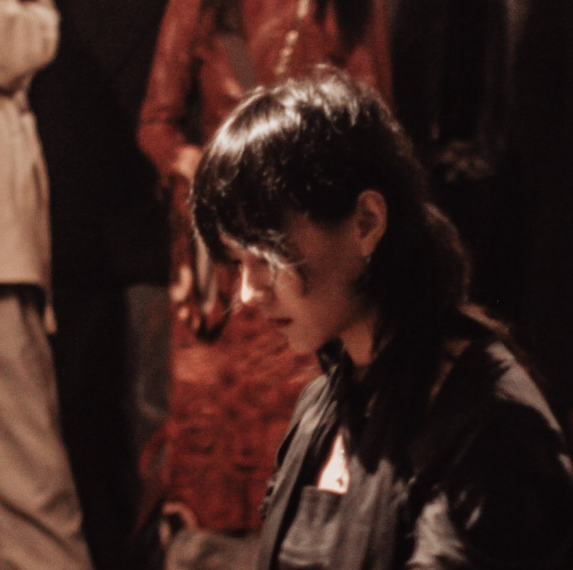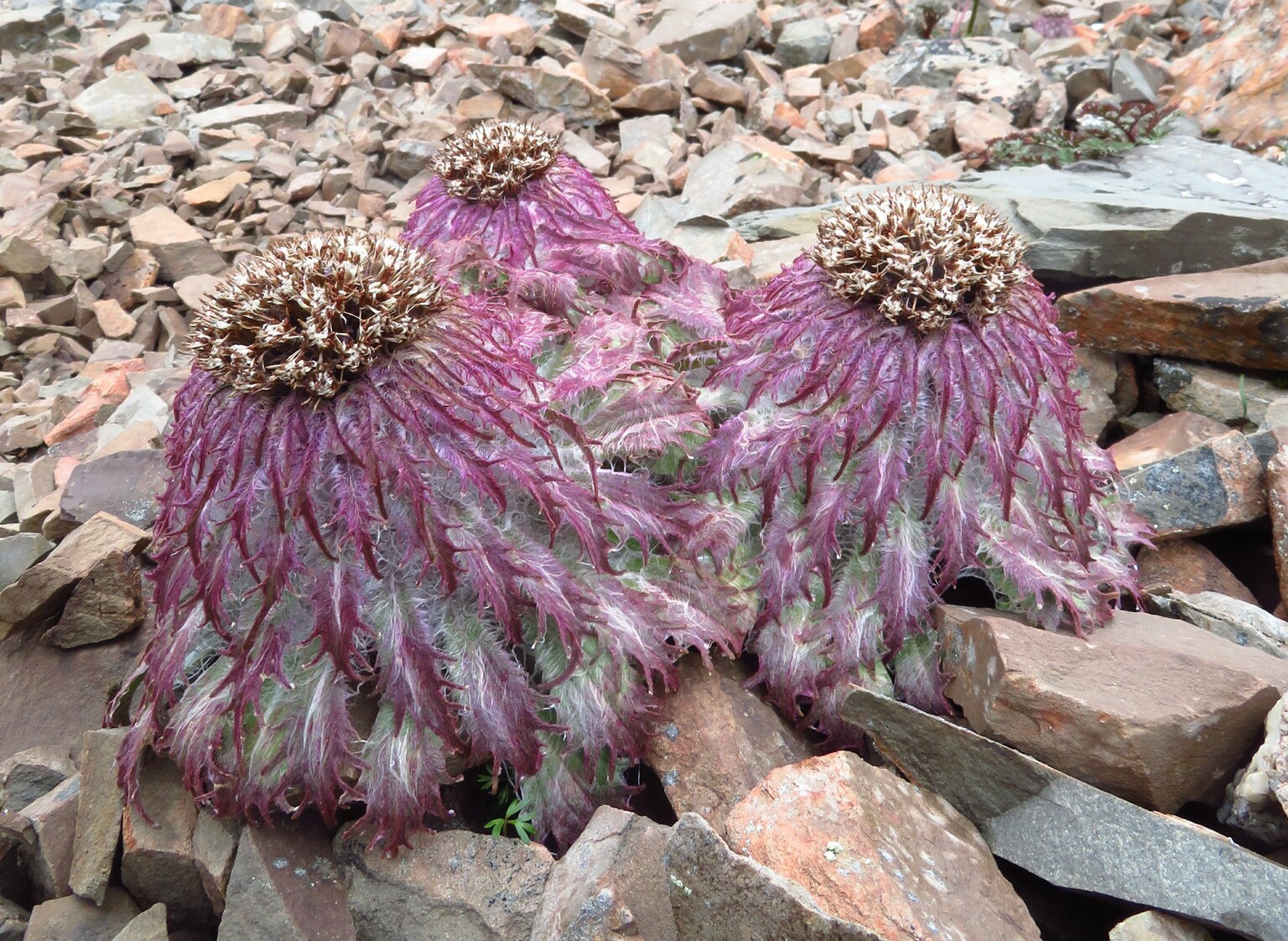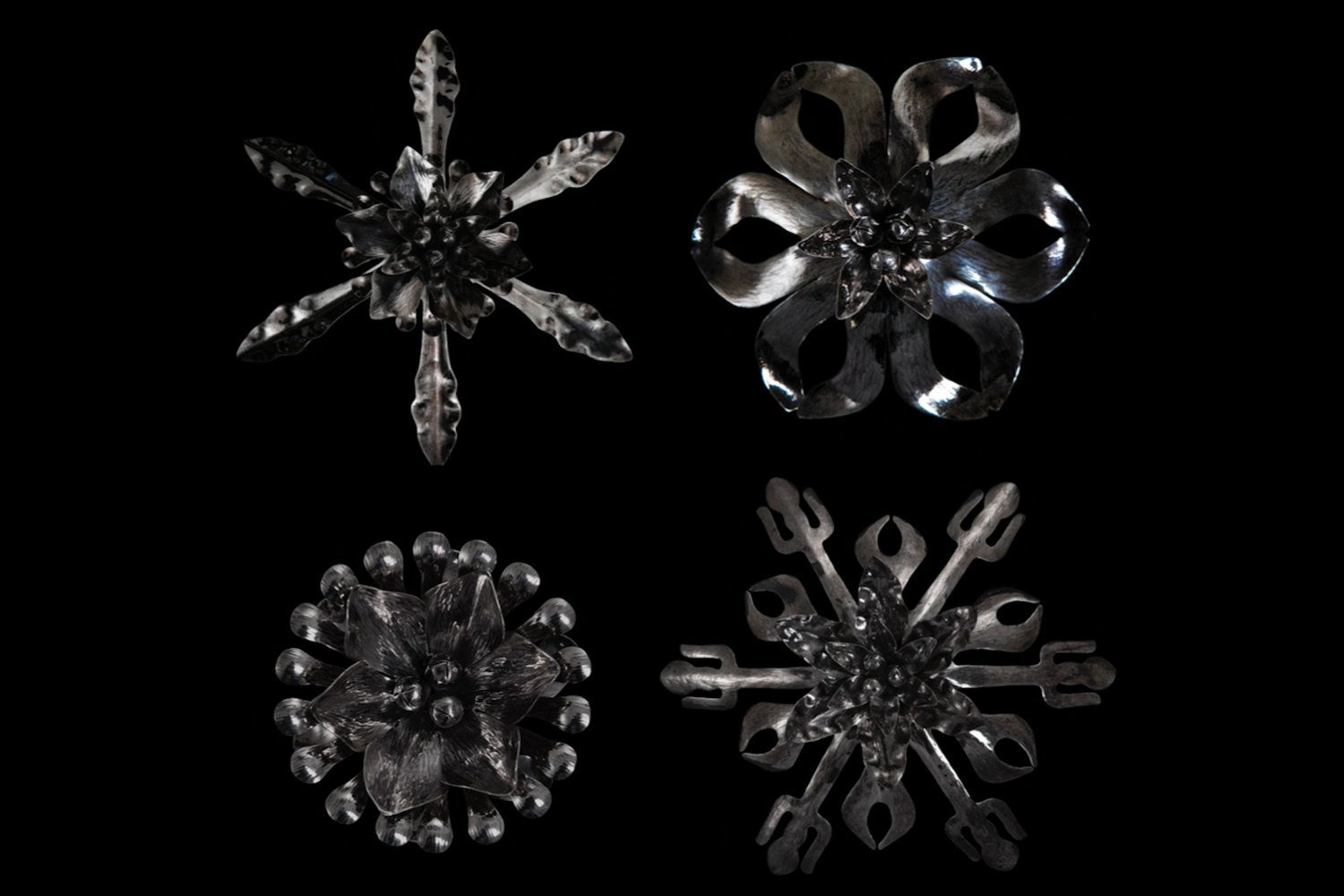
Kai Yan CheungSnow Lotus
I chose to stand beside Saussurea involucrata (Snow Lotus) because it’s a being that is both culturally revered and endangered. In Traditional Chinese and Tibetan medicine, the snow lotus is treasured for its rarity, symbolic potency, and healing properties. It grows in some of the harshest environments on earth, cold, rocky slopes above 3,000 metres, often between 1–2°C. It’s extremely difficult to cultivate, and despite its revered status, it’s still mostly harvested from the wild. The more it is admired, whether symbolically or commercially, the more its habitat and survival are put at risk. That kind of admiration rarely translates into protection. Is it truly love if it doesn’t include care for the conditions that allow something to live?
To stand beside the Snow Lotus is to honour nature’s beauty without consuming it. I’m continuing a body of work exploring floral forms through silver sculptures, focusing on the Snow Lotus as one of the key references. They designed to oxidise over time, then be slowly polished by hand as a way of staying close to what might otherwise disappear. These works are made to remain in touch with change, fragility, and the slow labour of attention.



